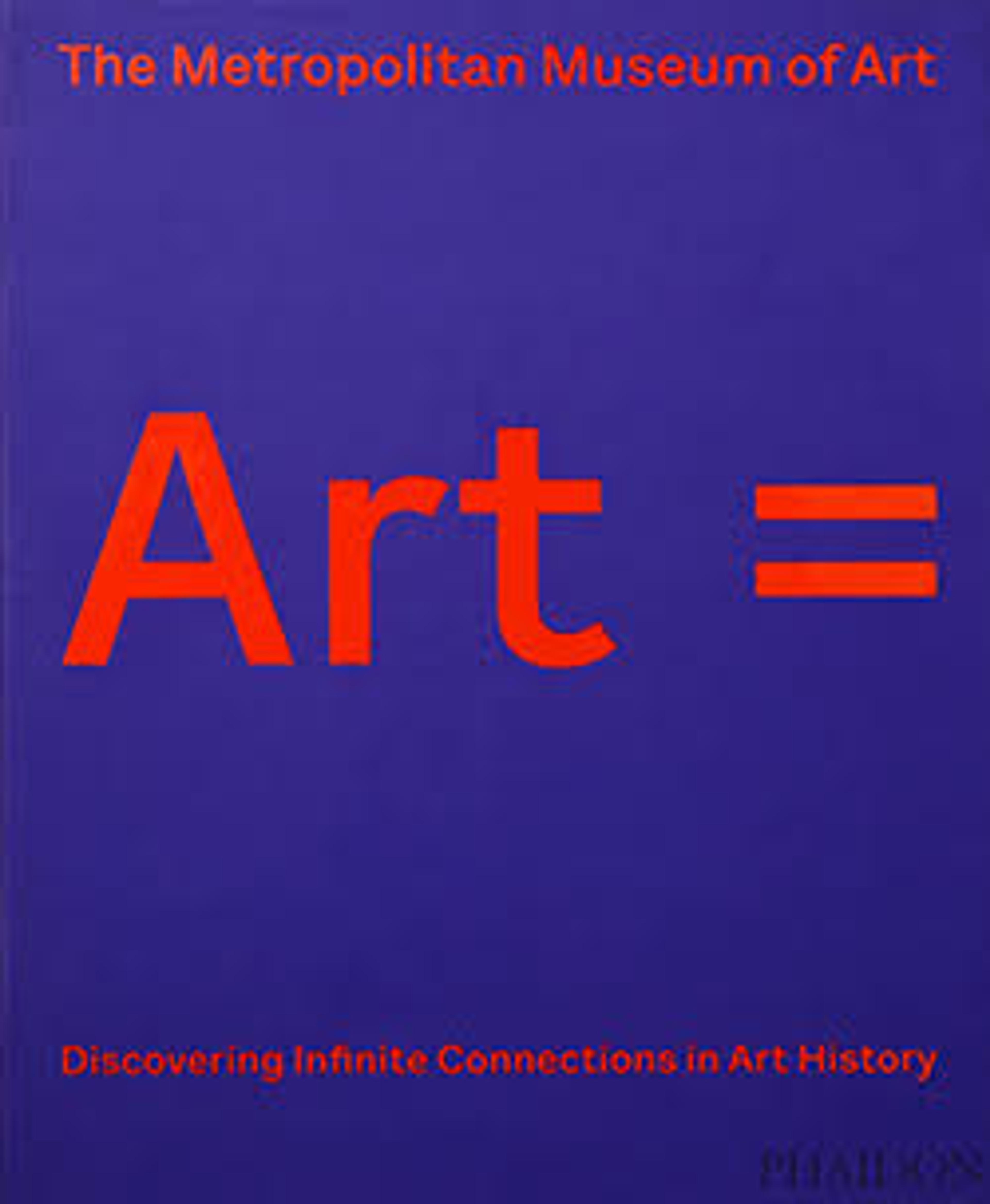The Eternally Obvious
Artwork Details
- Title: The Eternally Obvious
- Artist: René Magritte (Belgian, Lessines 1898–1967 Brussels)
- Date: 1948
- Medium: Oil on canvas mounted on board
- Dimensions: Overall: 78 in. × 24 in. × 1 3/8 in. (198.1 × 61 × 3.5 cm)
- Classification: Paintings
- Credit Line: The Pierre and Maria-Gaetana Matisse Collection, 2002
- Object Number: 2002.456.12a–e
- Rights and Reproduction: © 2025 Artists Rights Society (ARS), New York
- Curatorial Department: Modern and Contemporary Art
Audio
1816. The Eternally Obvious
Gallery 901
NARRATOR: René Magritte had tongue in cheek when he titled this 1948 work The Eternally Obvious. As you can see, he isolates the obvious, and leaves out the rest. Curator Sabine Rewald.
SABINE REWALD: And you see, he plays tricks with our perception, because although the body is truncated, we somehow automatically see a complete nude woman, although of course this complete unclothed "nude woman" has no shoulders, no arms, no hands, and a lot of other extremities are missing.
NARRATOR: Magritte created this work by painting the model, then cutting and framing five parts from the canvas. He then reassembled the figure and mounted it on a sheet of glass. This is a later version of a work he originally created in 1930. At that time, Magritte was influenced by Surrealism and its interest in creating objects that broke the boundaries of traditional art-making.
Magritte shipped the version you see here from Paris to New York. His dealer, Alexander Iolas, had fears about its reception in customs.
SABINE REWALD: Iolas was terrified that the U.S. customs would interfere with the entry of this work. So he asked Magritte not to paint the pubic hair, which wasn't painted. So then Iolas asked another artist from the gallery, Bernard Pfriem, to paint in the pubic hair, which Bernard Pfriem did with a model and in his studio on Prince Street here in New York.
More Artwork
Research Resources
The Met provides unparalleled resources for research and welcomes an international community of students and scholars. The Met's Open Access API is where creators and researchers can connect to the The Met collection. Open Access data and public domain images are available for unrestricted commercial and noncommercial use without permission or fee.
To request images under copyright and other restrictions, please use this Image Request form.
Feedback
We continue to research and examine historical and cultural context for objects in The Met collection. If you have comments or questions about this object record, please contact us using the form below. The Museum looks forward to receiving your comments.
